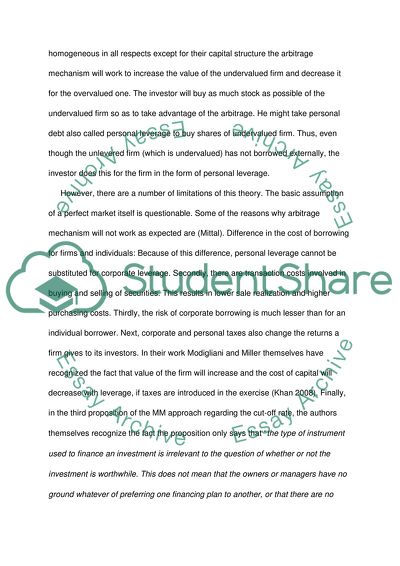Cite this document
(Capital Structure Theory Term Paper Example | Topics and Well Written Essays - 2000 words - 6, n.d.)
Capital Structure Theory Term Paper Example | Topics and Well Written Essays - 2000 words - 6. https://studentshare.org/macro-microeconomics/1740795-finance
Capital Structure Theory Term Paper Example | Topics and Well Written Essays - 2000 words - 6. https://studentshare.org/macro-microeconomics/1740795-finance
(Capital Structure Theory Term Paper Example | Topics and Well Written Essays - 2000 Words - 6)
Capital Structure Theory Term Paper Example | Topics and Well Written Essays - 2000 Words - 6. https://studentshare.org/macro-microeconomics/1740795-finance.
Capital Structure Theory Term Paper Example | Topics and Well Written Essays - 2000 Words - 6. https://studentshare.org/macro-microeconomics/1740795-finance.
“Capital Structure Theory Term Paper Example | Topics and Well Written Essays - 2000 Words - 6”. https://studentshare.org/macro-microeconomics/1740795-finance.


